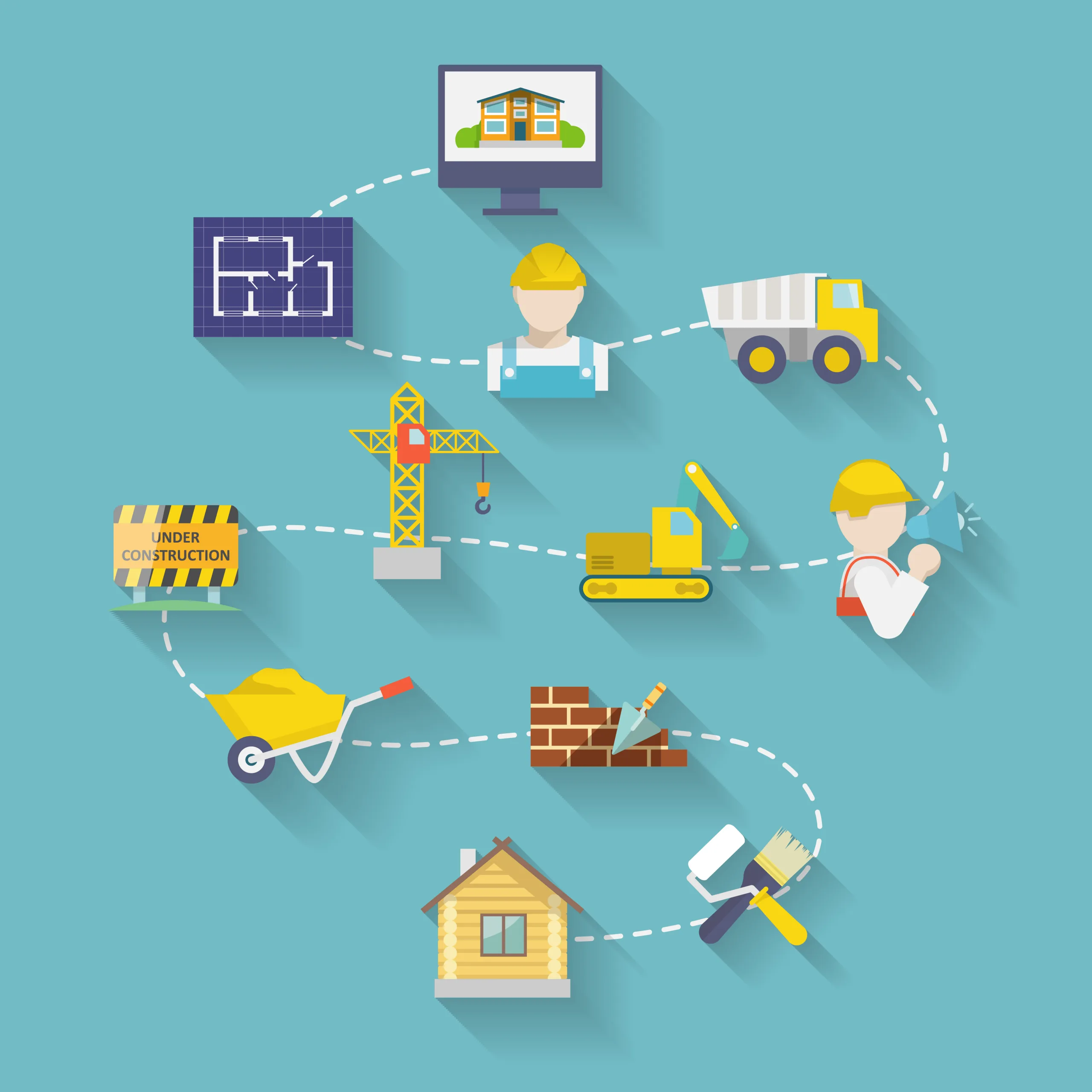
Monitoring Bridges Effectively: A Comprehensive Guide
Bridges play a crucial role in our transportation infrastructure, ensuring safe passage over water bodies, valleys, and other challenging terrains. However, they face constant wear and tear due to various factors such as weather, traffic, and structural aging. To ensure their safety and longevity, effective bridge monitoring is essential. In this article, we’ll explore how you can monitor bridges effectively to prevent disasters and ensure public safety.
1. Key Elements of Bridge Monitoring
Effective bridge monitoring encompasses a range of techniques and tools to assess the structural health and safety of a bridge. Here, we’ll delve deeper into these key elements:
1.1. Structural Health Monitoring (SHM):
Structural Health Monitoring (SHM) is a critical aspect of bridge maintenance. It involves the continuous or periodic collection of data from various sensors strategically placed on the bridge structure. These sensors monitor parameters such as:
- Strain and Stress: Strain gauges are used to measure the deformation of bridge components. Elevated levels of strain can indicate excessive loads or structural degradation.
- Vibration: Accelerometers and seismometers record vibrations caused by traffic, wind, and other external factors. Unusual vibration patterns may signify structural issues.
- Temperature: Monitoring temperature fluctuations helps detect the expansion and contraction of materials, which can affect structural integrity.
- Load Bearing: Load cells or load transducers assess the distribution and magnitude of loads on the bridge, helping prevent overloading.
The data collected from these sensors is analyzed to assess the bridge’s condition and identify potential issues. SHM provides real-time insights, allowing for timely maintenance and repairs.
1.2. Visual Inspections:
Visual inspections are fundamental to bridge monitoring and are typically conducted by trained engineers and inspectors. These inspections involve a comprehensive examination of the bridge’s components, including:
- Superstructure: Assessing the condition of beams, girders, and decks for signs of corrosion, cracking, or damage.
- Substructure: Inspecting piers, abutments, and foundations to identify erosion, settlement, or other issues.
- Expansion Joints: Checking the condition of expansion joints, which allow the bridge to expand and contract with temperature changes.
- Railing and Barriers: Ensuring that safety features like guardrails and barriers are in good condition.
Visual inspections can reveal visible signs of wear, deterioration, or structural damage. The frequency of these inspections varies depending on factors such as the bridge’s age, location, and historical maintenance records.
1.3. Non-Destructive Testing (NDT):
Non-Destructive Testing (NDT) techniques are used to evaluate the integrity of bridge components without causing any harm to the structure. Common NDT methods include:
- Ultrasonic Testing (UT): UT uses high-frequency sound waves to detect hidden defects within materials. It is effective for assessing the thickness of structural elements and detecting flaws like cracks and voids.
- X-ray and Radiography: X-rays and radiographic imaging provide detailed views of internal bridge components, helping identify hidden corrosion or structural issues.
- Magnetic Particle Testing (MT) and Liquid Penetrant Testing (PT): These methods are employed to locate surface cracks and defects in materials such as welds and steel members.
NDT techniques are particularly valuable for older bridges, where wear and deterioration may be hidden beneath surface layers. They allow for a thorough assessment of the bridge’s condition without causing any structural damage.

2. Leveraging Advanced Technologies
2.1. IoT and Sensors:
IoT technology enables the integration of various sensors on a bridge, facilitating real-time data collection and remote monitoring.
Data from these sensors can be analyzed to detect trends and potential issues, allowing for proactive maintenance.
2.2. Drones and Aerial Surveys:
Drones equipped with high-resolution cameras and LiDAR technology can conduct aerial surveys, providing a comprehensive view of a bridge’s condition.
Aerial surveys are particularly useful for assessing hard-to-reach areas and large bridge networks.
2.3. Big Data Analytics:
Big data analytics processes the vast amount of data collected from sensors and inspections to identify patterns and trends.
Predictive analytics can forecast maintenance needs and optimize resource allocation, ensuring efficient bridge management.
3. Benefits of Effective Bridge Monitoring
Effective bridge monitoring offers a plethora of benefits that go beyond just ensuring the safety of the structure. Let’s dive deeper into these advantages to emphasize why it’s crucial to establish a robust monitoring program.
3.1. Enhanced Safety
- Early Detection: Monitoring helps in identifying structural issues, wear, or damage well before they become critical. This early detection can prevent accidents, injuries, and even fatalities.
- Risk Mitigation: By continuously assessing a bridge’s condition, you can proactively mitigate potential risks and hazards, ensuring the safety of commuters and nearby residents.
- Emergency Preparedness: Real-time data from monitoring systems allows for immediate response in the event of a sudden structural change or damage due to natural disasters or accidents.
3.2. Cost Savings
- Preventive Maintenance: Detecting issues early through monitoring can significantly reduce the cost of repairs. Preventive maintenance is often less expensive than emergency repairs.
- Prolonged Lifespan: Bridges that undergo regular monitoring tend to have longer lifespans, delaying the need for costly replacements and saving taxpayer dollars.
- Resource Optimization: Data-driven decisions enable efficient allocation of maintenance resources, reducing unnecessary expenses and improving cost-effectiveness.
3.3. Improved Efficiency
- Data-Driven Decision Making: Bridge monitoring generates a wealth of data that can be analyzed to make informed decisions about maintenance and repair priorities.
- Performance Optimization: By analyzing data trends, engineers can optimize a bridge’s performance, leading to smoother traffic flow and reduced congestion.
- Enhanced Planning: Historical data from monitoring helps authorities plan for long-term bridge infrastructure improvements strategically.
3.4. Sustainability
- Environmental Impact: Regular monitoring helps minimize the environmental impact of bridge maintenance by ensuring that repairs are only carried out when necessary.
- Reduced Disruption: Proactive maintenance and timely repairs mean less disruption to traffic and surrounding communities, contributing to a more sustainable urban environment.
- Economic Sustainability: Extending the lifespan of bridges through effective monitoring contributes to the economic sustainability of regions by reducing the need for frequent, expensive bridge replacements.

Conclusion
Effective bridge monitoring is not just a safety requirement but also a smart investment. By understanding the importance of bridge monitoring, utilizing advanced technologies, and setting up a comprehensive program, you can ensure the longevity and safety of our vital infrastructure. Take action today to monitor your bridges effectively and contribute to safer, more sustainable communities.
Remember, a well-monitored bridge is a bridge to a safer future!

